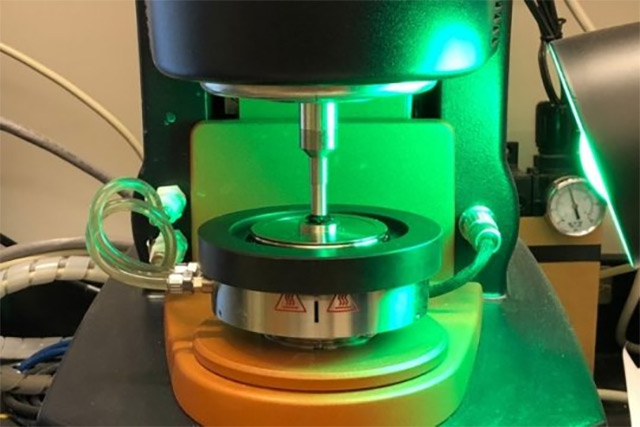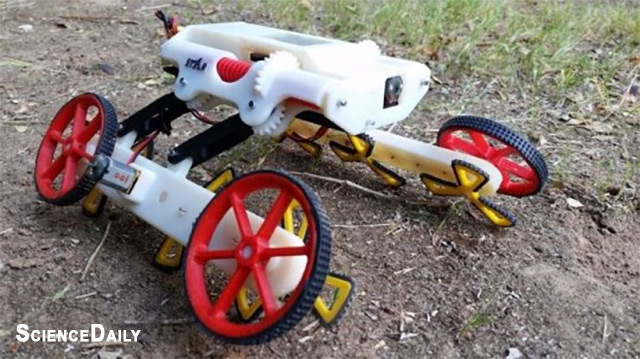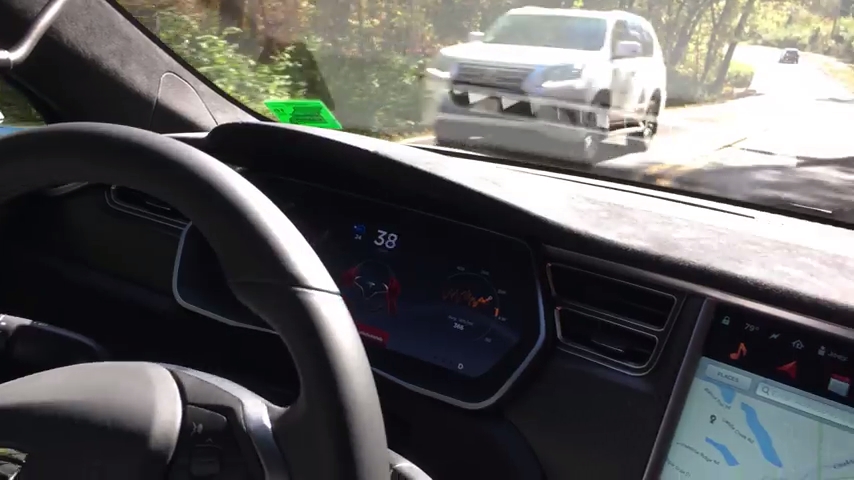New project aims to improve human-robot interaction by developing a child-like android capable of speech
10/18/2018 / By Edsel Cook

Japanese researchers are trying to bridge the communications gap between humans and robots. Their bright idea involves plastering the face of a human child on a talking robot, an article in Science Direct stated.
Designed by an Osaka University (OU) research team, the new conversational robot is called Ibuki. It is part of the university’s new Erato Ishiguro project, which aims to increase symbiotic interaction between humans and robots.
Professor Hiroshi Ishiguro and his team designed Ibuki with a humanoid appearance and the ability to converse like a person. In addition to the child-like face mask, they gave it hands and arms with which to copy human gestures.
Ibuki can equip wheels so that it can accompany humans while talking to them. It keeps track of the human’s speech and movement via a combination of different sensors such as a video camera and a microphone array.
It is designed to get humans to treat it like they would another human being. A conversation control system manages the robot’s “emotion,” gaze, movement, and speech.
Ibuki incorporates new technologies intended for use by future models of conversational robots. It can nod its head in many different and natural ways, pose a question and analyze the response it received, and detect human reactions to its appearance and activities.
The new machine drew lessons from ERICA, another social robot that tested Ibuki’s systems by talking with a human visitor in the waiting room. Researchers interviewed the participants before and after the latter’s conversation with their robot.
They reported that ERICA was able to hold human-like conversations for longer periods of time than smart speaker systems. (Related: They’re taking over sports, too? New AI robot can shoot better than professional basketball players.)
Groups of robots can now coordinate their social behaviors like humans do
In addition to Ibuki and ERICA, the researchers assembled a group of CommU conversational robots. These robots were used to test a conversation control system involving multiple robots.
The group conversational system manages the timing for the behavior of each robot during the conversation. In addition to picking the moment when a robot began talking, it also set the timing for nonverbal communication behaviors.
The second OU trial showed that the CommU robots would nod and interact with each other. Furthermore, the robots would take turns, pass the conversation, assume certain roles, and trade positions every now and then. When these interactions were shown to human participants, the humans reported feeling that there is an actual conversation taking place between the robots.
The robots were also able to use ambiguous sentences that listeners can interpret in different ways. Human viewers reported that this use of vaguely phrased sentences made the robots’ conversation sound even more human-like.
Based on the results of this trial, the Japanese researchers concluded that conversational robots could make a dialogue more comfortable for humans if the former were able to coordinate their behavior. By establishing an amiable scenario, the robots could make themselves look more friendly and approachable to humans.
Child-like android can insinuate itself into human society
While the CommU system is designed to make group conversations seem natural, Ibuki is intended to get people to become more familiar with robots. It will do this by making itself a part of the daily schedule of a human being.
The mobility granted by its wheels will allow Ibuki to follow humans wherever they go. It will be able to strike up a conversation more easily than immobile robots. The data it collects during its service will be used to improve the performance of other social robots.
Worried about the topics that a conversational robot might bring up? Find out more at Robots.news.
Sources include:
Tagged Under: AI, Androids, artificial intelligence, breakthrough, conversational robots, future tech, innovation, inventions, machine learning, robot takeover, robotics, robots, science and technology, social robots

















